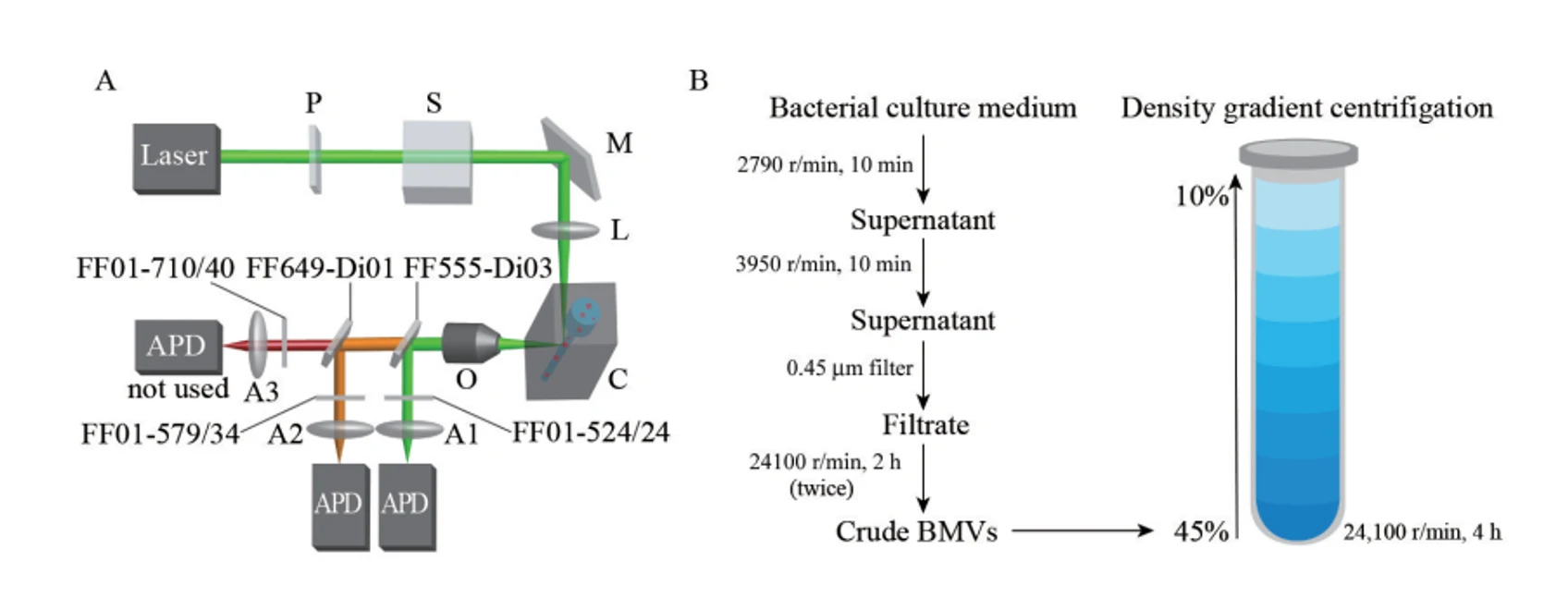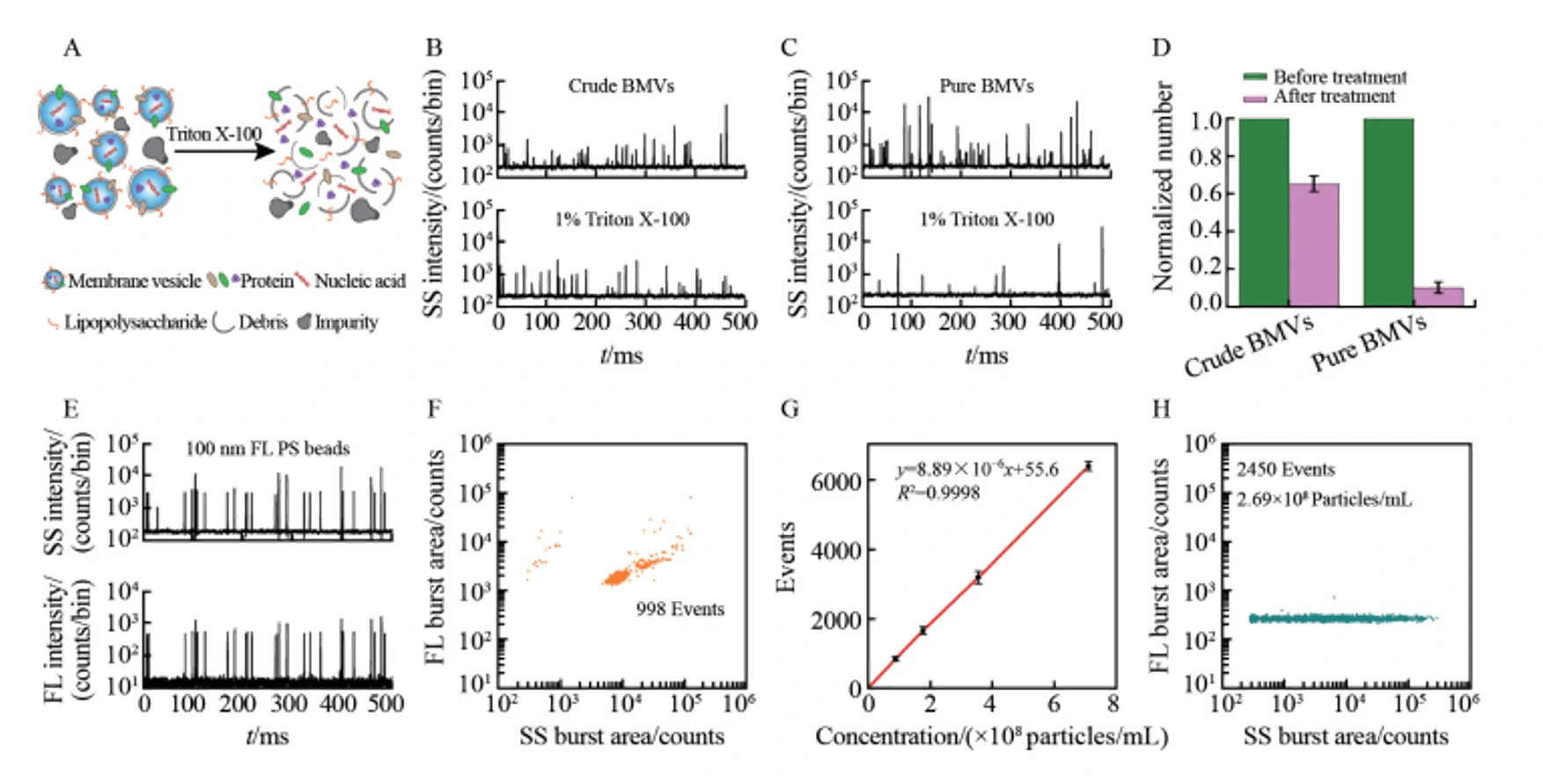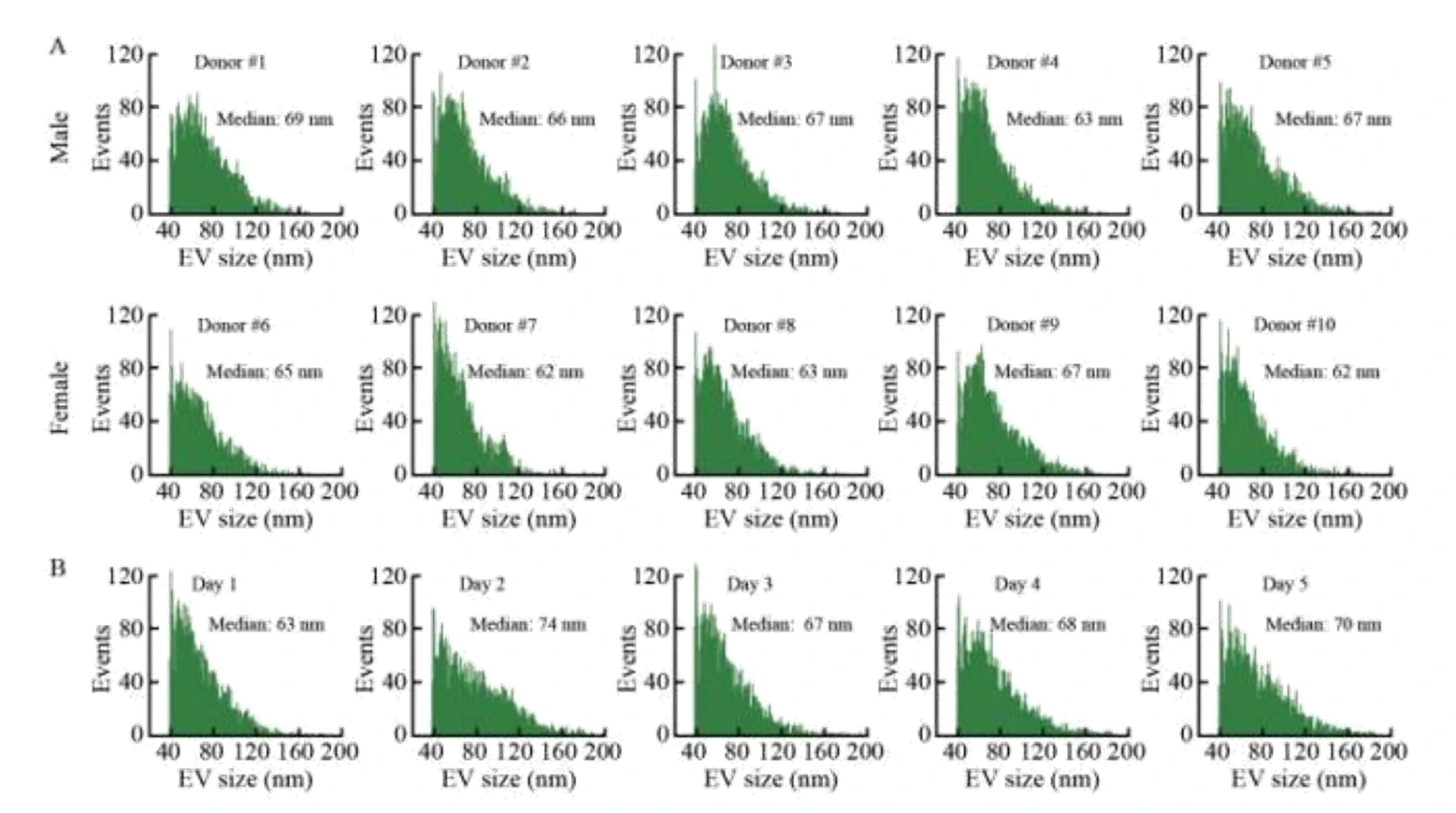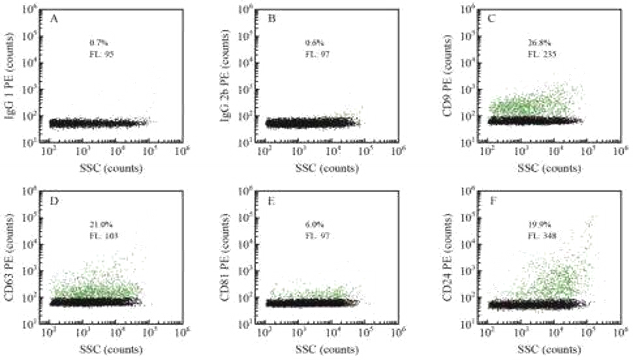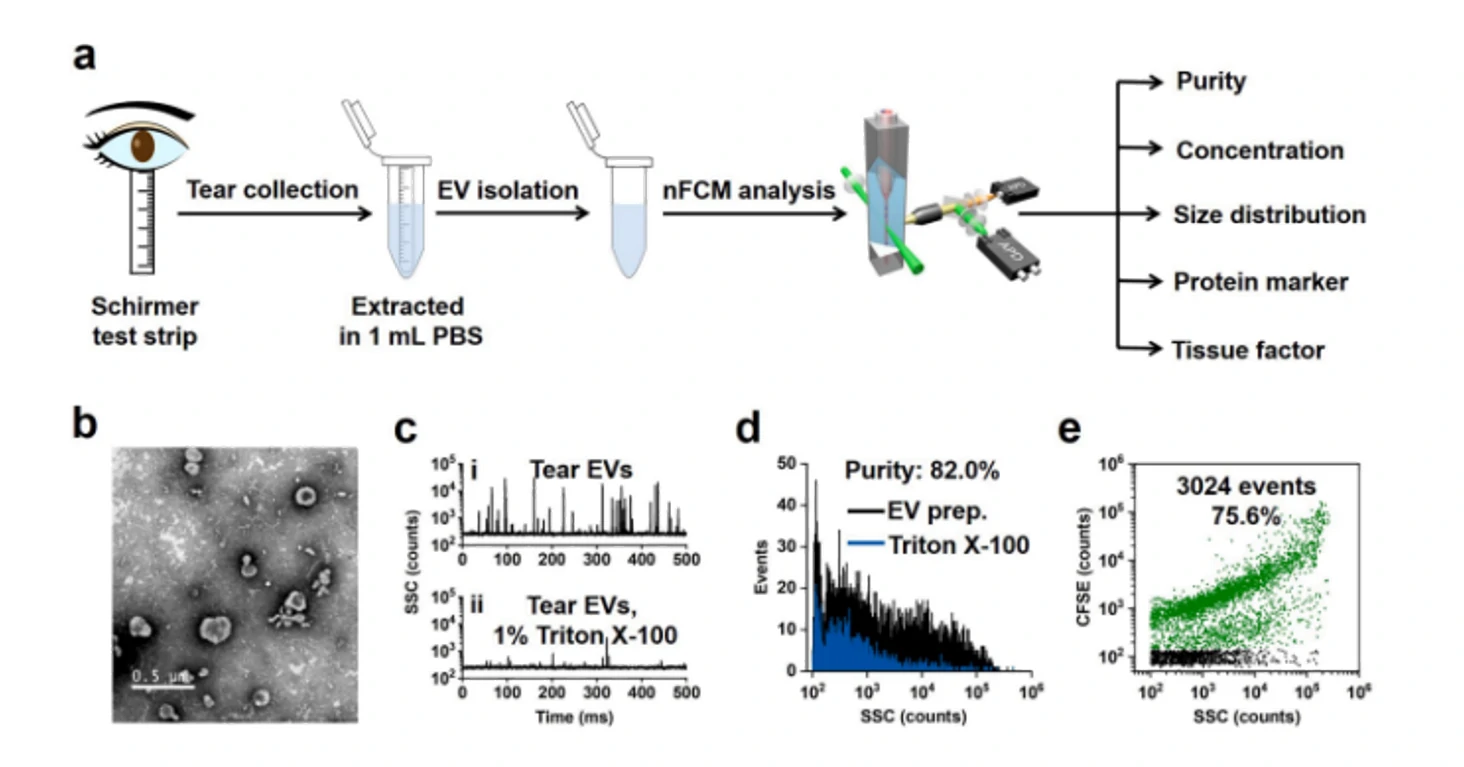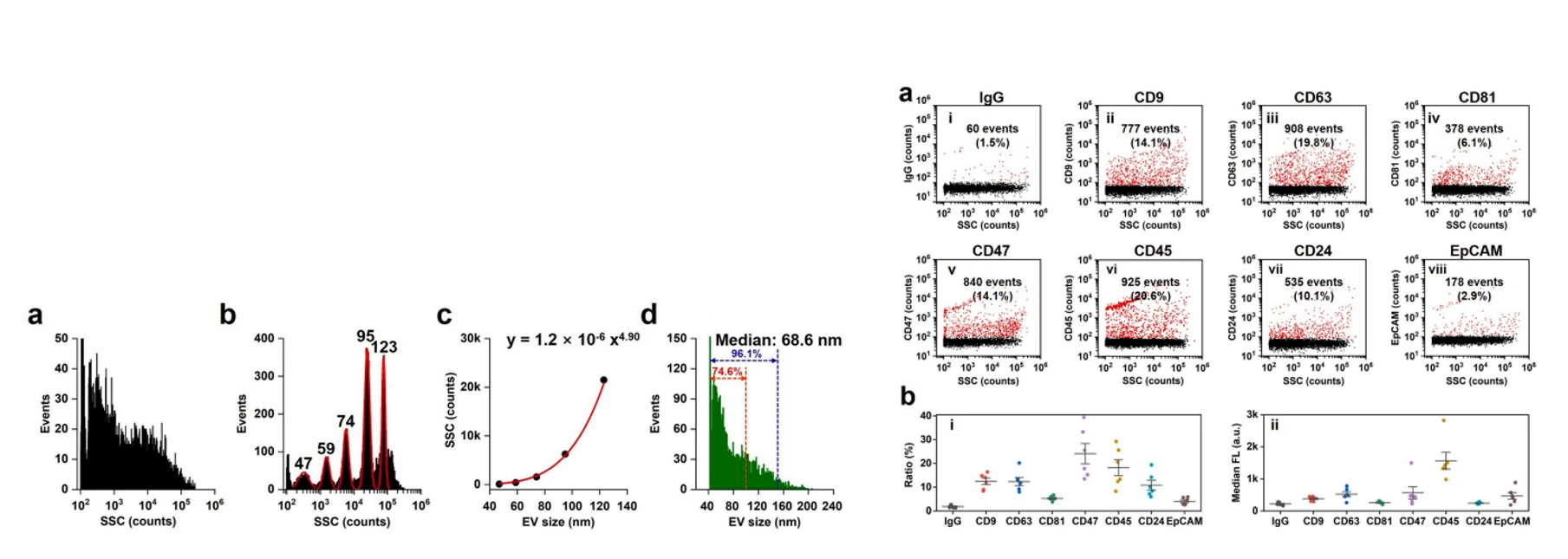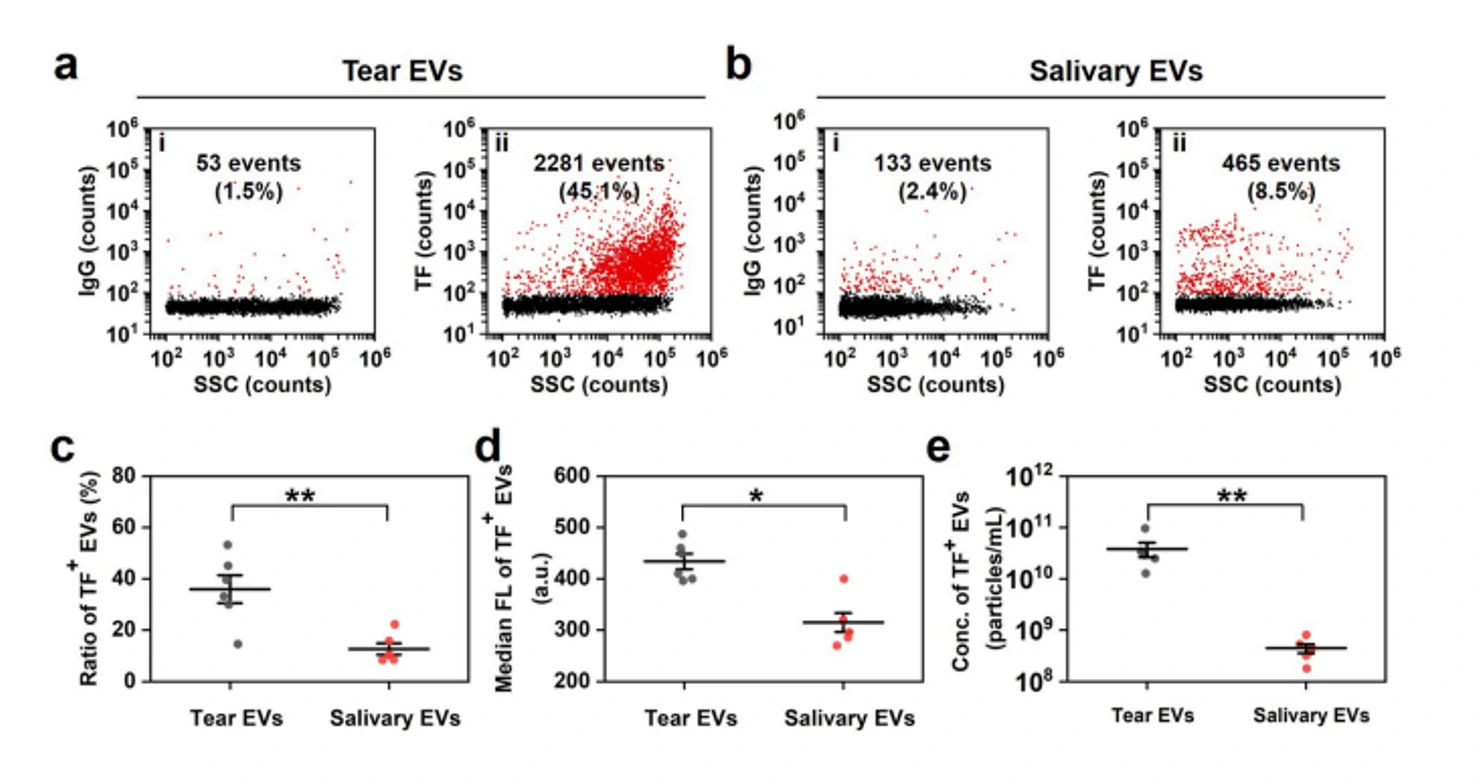Analysis of Physicochemical Properties of EVs from Different Sources
Physical Properties: Size Distribution and Particle Concentration
EV content has been gaining increasing interest from the EV community, primarily mRNAs, miRNAs and proteins. In addition, particular markers exposed on the lipid bilayers that determine specific interactions with target cells. However, it has been suggested that physical properties of EVs may also affect their behavior, such as, the way they mediate intercellular communication.
Protein Analysis
The biomolecular cargo (that is, proteins, nucleic acids and lipids) of EVs is thought to reflect their origin, suggesting that the cargo could be a promising source for the discovery of novel biomarkers. Although the EVs research has not matured to the point where it can propose a list of EV-specific “markers” that distinguish subsets of EVs from others, several tetraspanins, especially CD63, CD81, and CD96 have been used as markers of exosomes for the last two decades, due to their accumulation in small EVs as compared to whole cell lysates, and to the steady-state accumulation of CD63 in MVBs. As per guidelines from International Society for Extracellular Vesicles, ISEV, these markers can be used to differentiate EVs from non-EVs.
Lipid and Nucleic Acids Analysis
Early studies suggested that EVs perform protein transport functions, specifically targeting receptor cells and exchanging proteins and/or lipids to trigger downstream signalling events. It was discovered by researchers in 2007 that EVs are also capable of transporting nucleic acids and are involved in intercellular communication. EVs play a role in intercellular communication and organismal regulation through signalling molecules such as proteins and lipids on the membrane, as well as EV contents (neurotransmitters, enzymes, hormones and nucleic acids, etc.) encapsulated within the membrane. Therefore, in addition to studying the function of proteins, it is necessary to perform a comprehensive multi-parameter characterisation of EVs at single particle level.



